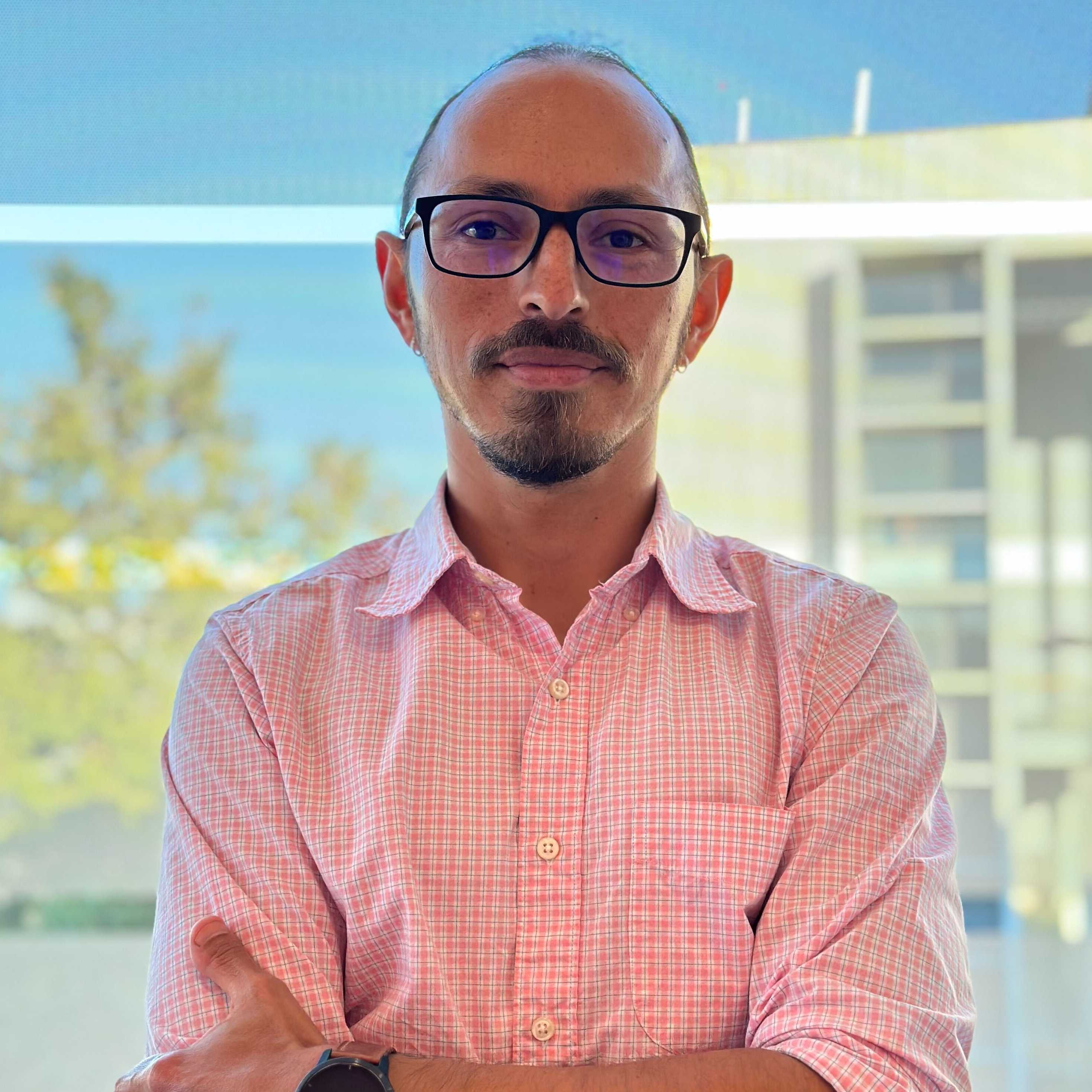Nov 09, 2024
Extraction Protocol for untargeted LC-MS/MS - Milk
- Mauricio Caraballo1,
- Tammy Bui1,
- Sydney Thomas1
- 1University of California San Diego
- Mauricio Caraballo: MSCollaboratory Director
- Tammy Bui: Undregraduate student
- Sydney Thomas: Postdoctoral Researcher

Protocol Citation: Mauricio Caraballo, Tammy Bui, Sydney Thomas 2024. Extraction Protocol for untargeted LC-MS/MS - Milk. protocols.io https://dx.doi.org/10.17504/protocols.io.j8nlk84y1l5r/v1
License: This is an open access protocol distributed under the terms of the Creative Commons Attribution License, which permits unrestricted use, distribution, and reproduction in any medium, provided the original author and source are credited
Protocol status: In development
We are still developing and optimizing this protocol
Created: April 25, 2024
Last Modified: November 09, 2024
Protocol Integer ID: 98897
Keywords: Milk, Metabolomics
Funders Acknowledgements:
Gordon and Betty Moore Foundation
Grant ID: GBMF12120
Disclaimer
This is not a peer-review protocol and it has been created and edited based on inputs from several users and collaborators of the Dorrestein lab.
Abstract
This protocol details the extraction of milk small molecules for untargeted metabolomics analysis using liquid chromatography-tandem mass spectrometry (LC-MS/MS). This protocol can be adapted to other sample types. This is not a final document, not peer-reviewed and it can be updated.
Materials
Methyl tert-Butyl Ether (HPLC), Fisher Chemical™Fisher ScientificCatalog #E127-4
Methanol Optima™ LC/MS Grade Fisher ChemicalFisher ScientificCatalog #A456-4
Extraction solvent: 75:25 Methanol:MTBE
Metadata - sample information
Metadata - sample information
Prepare metadata table according to ReDU2 metadata template [for more information about the ReDU, see https://www.nature.com/articles/s41592-020-0916-7 and visit https://redu.gnps2.org/selection/].
Fill the metadata table with all the applicable information, we (Dorrestein Lab) will include all the information related to the MS side.
Specifically, from each sample we will need at least the NCBITaxonomy (e.g. 1313|Streptococcus pneumoniae).
Additional columns can be created to include information related to the specificity of the experiments (e.g. microbial interactions: co-cultures vs monocultures).
In case of availability of reference compounds (e.g. synthetic peptides, isolated peptides), please include the corresponding information according to the MSMS-chooser documentation [see MSMS-Chooser Template and Sequence Generator].
For more information related to MSMS-chooser, see the manuscript from our lab: Protocol for community‐created public MS/MS reference spectra within the Global Natural Products Social Molecular Networking infrastructure.
Notes, bottlenecks, and expected results
Notes, bottlenecks, and expected results
30m
30m
This protocol calls for all samples to be at the same volume as variations in volume will affect extraction efficiency.
Store all extraction reagents at 4 °C or -20 °C (colder is better).
Adding 50 µL of milk into deep well plates is usually the longest step. Milk samples are often stored in 2 mL tubes, and can take up to a day to thaw at 4 °C .
Once milk is plated, the extraction process generally takes ~00:30:00 . Centrifugation is the longest step.
30m
This method allows for single-phase extraction of polar metabolites, lipids, and medications from milk. It is not optimised for any single class of molecule, but does provide good coverage of the milk metabolome. See references below for more information.
Sample preparation and microbial extraction
Sample preparation and microbial extraction
20m
20m
Add50 µL milk to 96-well deep well plate.
Add 400 µL cold 75:25 MeOH/MTBE + 1 micromolar (µM) sulfadimethoxine to each sample.
1 micromolar (µM) sulfadimethoxine is an internal standard.
For smaller volumes, decrease MeOH/MTBE accordingly (eg, for 25 uL milk, add 200uL 75:25 MeOH/MTBE)
Sonicate 00:05:00 in a water bath sonicator.
5m
Deep well plates float in the sonicator, so you can just add them to the water bath.
Centrifuge for >00:15:00 at 1800 rpm .
15m
A faster spin is ideal, but 1800 rpm is as fast as our centrifuge will go with 96 well plates.
Ideally at 4 °C to keep samples cold.
Transfer 200 µL to new shallow 96 well plate. This plate is now ready for LC-MS/MS data acquisition.
Note
Prepare a pool sample: take 20uL of each sample and combine it in a new vial or centrifugation tube. Then, add 200uL to one or several well in the same shallow plate used for LC-MS/MS. This sample will be used as PoolQC.
Note
If plate is not used immediately, store plate at -80 °C until LC-MS/MS acquisition.
Make sure you don’t pull up any of the protein pellet with the supernatant - this can easily clog your column.
You can also store plates in -80 °C for a couple days, but they should be dried down for long-term storage.
Protocol references
References and additional information:
https://www.embl.org/groups/metabolomics/protocols-used-for-lc-ms-analysis/
https://redu.ucsd.edu/
https://ccms-ucsd.github.io/GNPSDocumentation/msmschooser/
https://pubs.acs.org/doi/abs/10.1021/ac501853d
Acknowledgements
This work was supported by the Gordon and Betty Moore Foundation, GBMF12120
and https://doi.org/10.37807/GBMF12120.
